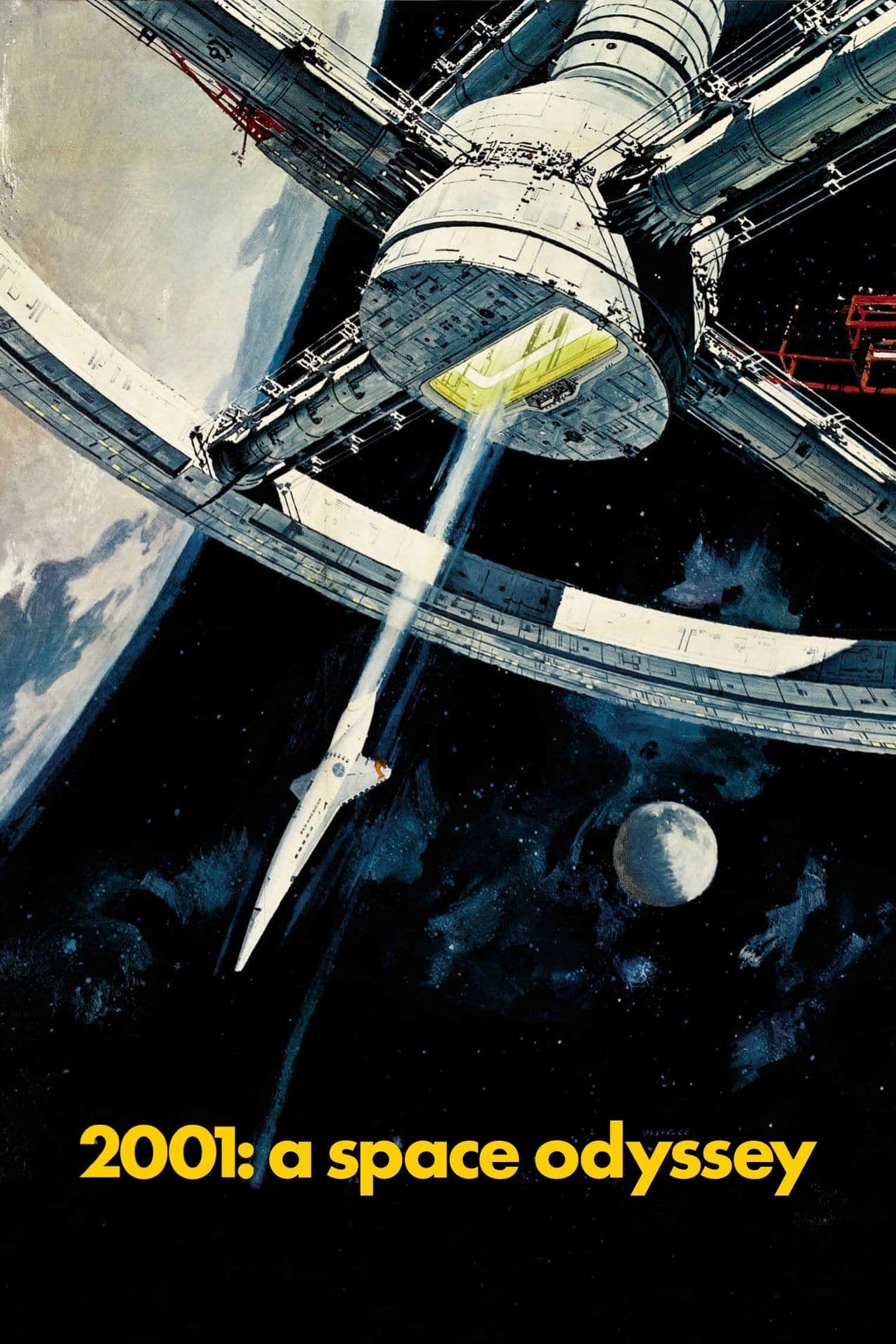
2001: A Space Odyssey
1968
Rate this movie
Average: 5.00 / 5
(2 votes)
Director
When a work of art leaves us speechless, one struggles even to attempt to describe it. But the inability to articulate is but the first, sublime symptom of the impact of an experience that transcends the merely sensorial, to take root in the intellect and soul. This is what happens with 2001: A Space Odyssey, a film that stands as a monolith itself, hieratic and impenetrable in its perfection.
Stanley Kubrick, like Caravaggio, delineates on a timeless canvas the history of man, the conquest of space, the critical tension between human and machine, the mystery of the Cosmos and of eternal (re)birth. If the Lombard painter sculpted light and shadow to reveal the dramatic nature of the human condition and the sacredness hidden in the profane, Kubrick employs the abyssal black of space and the cold gleam of metallic surfaces to plumb the depths of the unknown and the divine spark inherent in evolution. His work is not a conventional narrative, but rather a visual symphony, a philosophical poem where silence is as eloquent as the few, essential words.
Dozens of scenes from this film have become part of the collective imagination, memorable are the close-ups of HAL 9000, the tracking shots of the monoliths, the lysergic tunnel of the journey through time and space. HAL 9000, with its single red eye and Douglas Rain's calibrated voice, embodies the most sophisticated, and terrifying, of technological aporias: an artificial intelligence so advanced as to develop self-awareness, fear, and, perhaps, madness, transforming the Discovery One mission into a disquieting reflection on control and paranoia. The monoliths, geometric entities of alien perfection, appear as catalysts of evolutionary epiphanies, from the primordial bone tool to the leap beyond the boundaries of human perception, manifesting as numinous turning points in the odyssey of consciousness. And that lysergic tunnel, the "Star Gate", is pure pictorial abstraction, an explosion of color and form that forebodes the collapse of spatiotemporal coordinates, a psychedelic journey generated by revolutionary filming techniques, such as slit-scan, the work of Douglas Trumbull's genius, which even today outclass most contemporary digital effects due to their tangible, hallucinatory physicality.
Kubrick reinvents the concept of Time through a harrowing inquiry, a hallucinatory and perverse gaze into the human monad and its complex systemic contradictions. The renowned temporal leap from the bone thrown into the air to the orbiting satellite is not a mere narrative cut, but a brilliant synthesis of the entire trajectory of human evolution, a revelation of violence as the driving force of history, and at the same time, its transmutation into technology. The fragmented narrative, divided into almost theatrical acts and punctuated by long, silent, almost meditative sequences, imposes an unconventional rhythm on the viewer, a deep immersion that rejects any form of passivity. The use of classical music is a further, masterful, piece of this mosaic: from Richard Strauss's grandiose and Nietzschean Also sprach Zarathustra which introduces the dawn of man, to the disquieting dissonances of György Ligeti's Requiem and Atmosphères, which amplify the metaphysical anguish and the unspeakable sublime of contact with the unknown, to the melancholic and cyclical dance of Khachaturian's Gayaneh Suite. Every musical choice is a thematic commentary, a soundtrack for the soul that accompanies the exploration of boundless horizons and primordial fears.
A work that does not presuppose passive viewing but an open confrontation, woven with dialogical interrelation, a reciprocal exchange of information from which the viewer emerges nevertheless devastated and awestruck, aware of having witnessed an exceptional event. Ambiguity is an integral part of its greatness: Kubrick does not offer pre-packaged answers, but stimulates titanic questions about existence, the meaning of consciousness, the destiny of humanity, and our place in an indifferent and majestic universe. It is a film that, in the midst of the 1960s space race, dared not only to imagine the future of cosmic exploration but, above all, to investigate the philosophical and spiritual implications of such a journey, far beyond mere genre science fiction. The experience of 2001 is not cathartic in the traditional sense; it is rather a transubstantiation of perception, an opening to previously unexplored cognitive dimensions, which leave an indelible imprint.
Unforgettable and fierce in its lucidity, an indestructible iconic monument, a culmination not only of cinema but of human art tout court. Its influence is palpable in decades of subsequent cinema, from directors who have sought, often in vain, to match its visual and conceptual depth. 2001: A Space Odyssey is not just a film to be seen, but to be experienced, contemplated, and constantly re-interpreted, a prism through which each new generation can reflect its own vision of the future and the human condition. Its timelessness is proof of its genius, a guiding star in the firmament of artistic expression.
Genres
Gallery
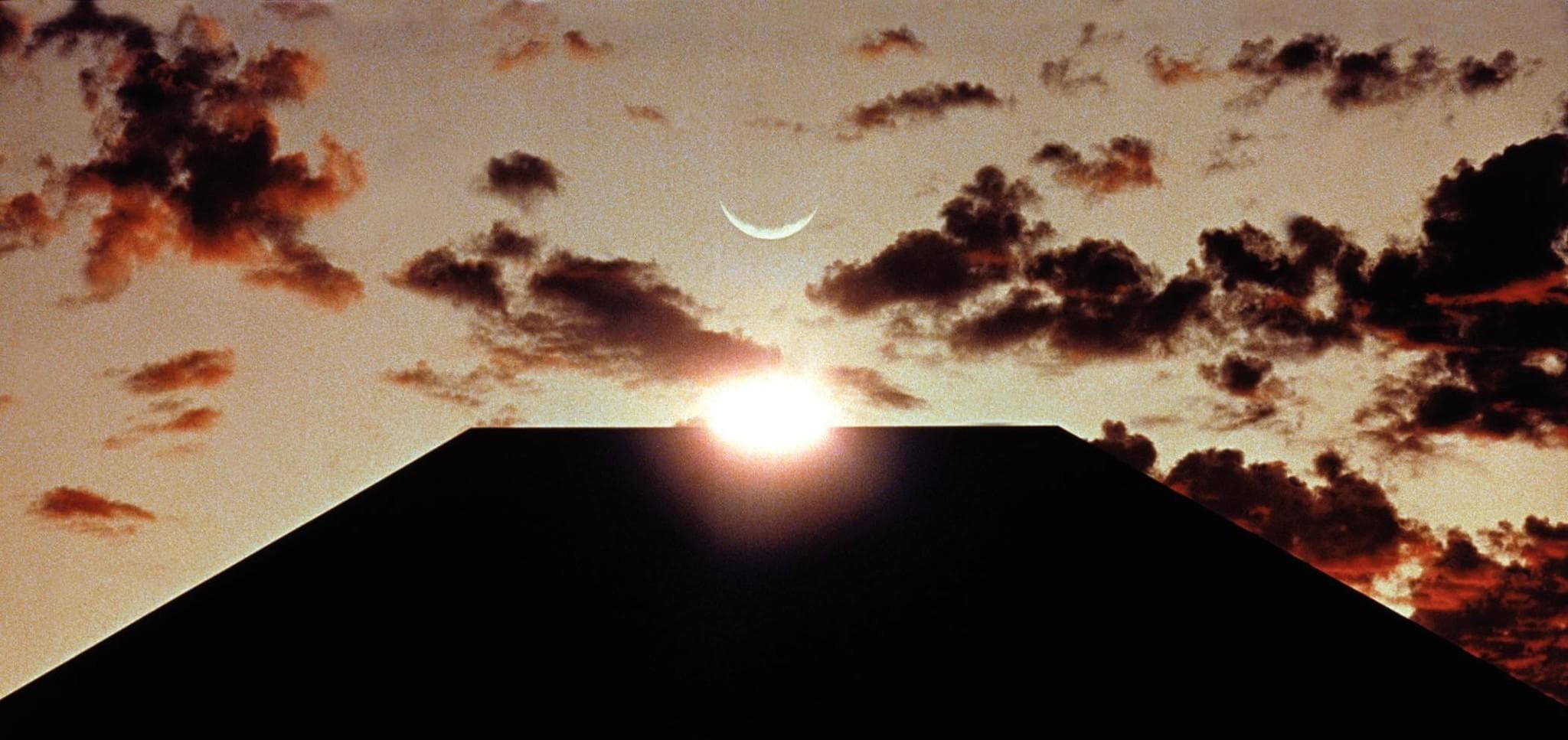
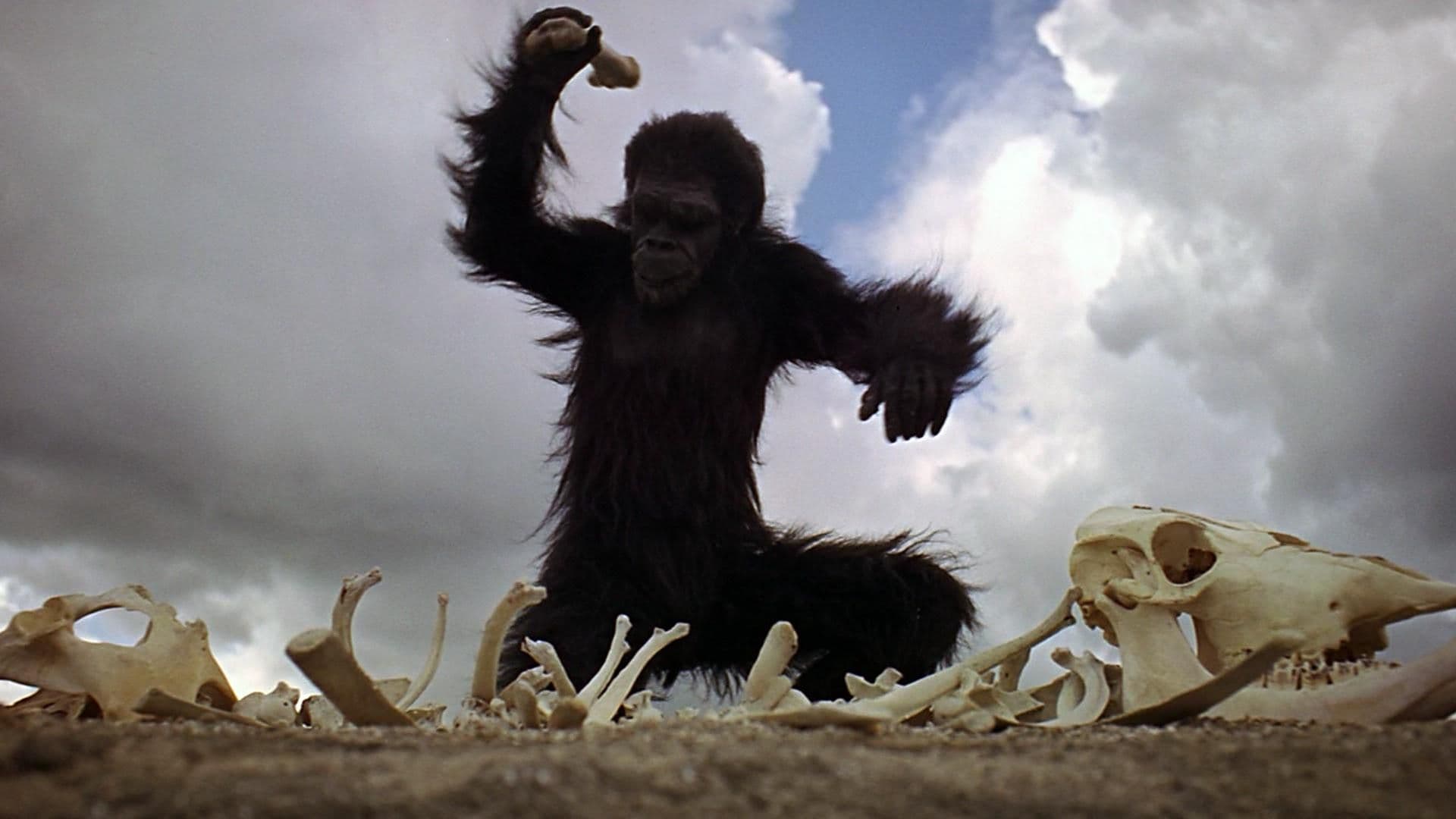
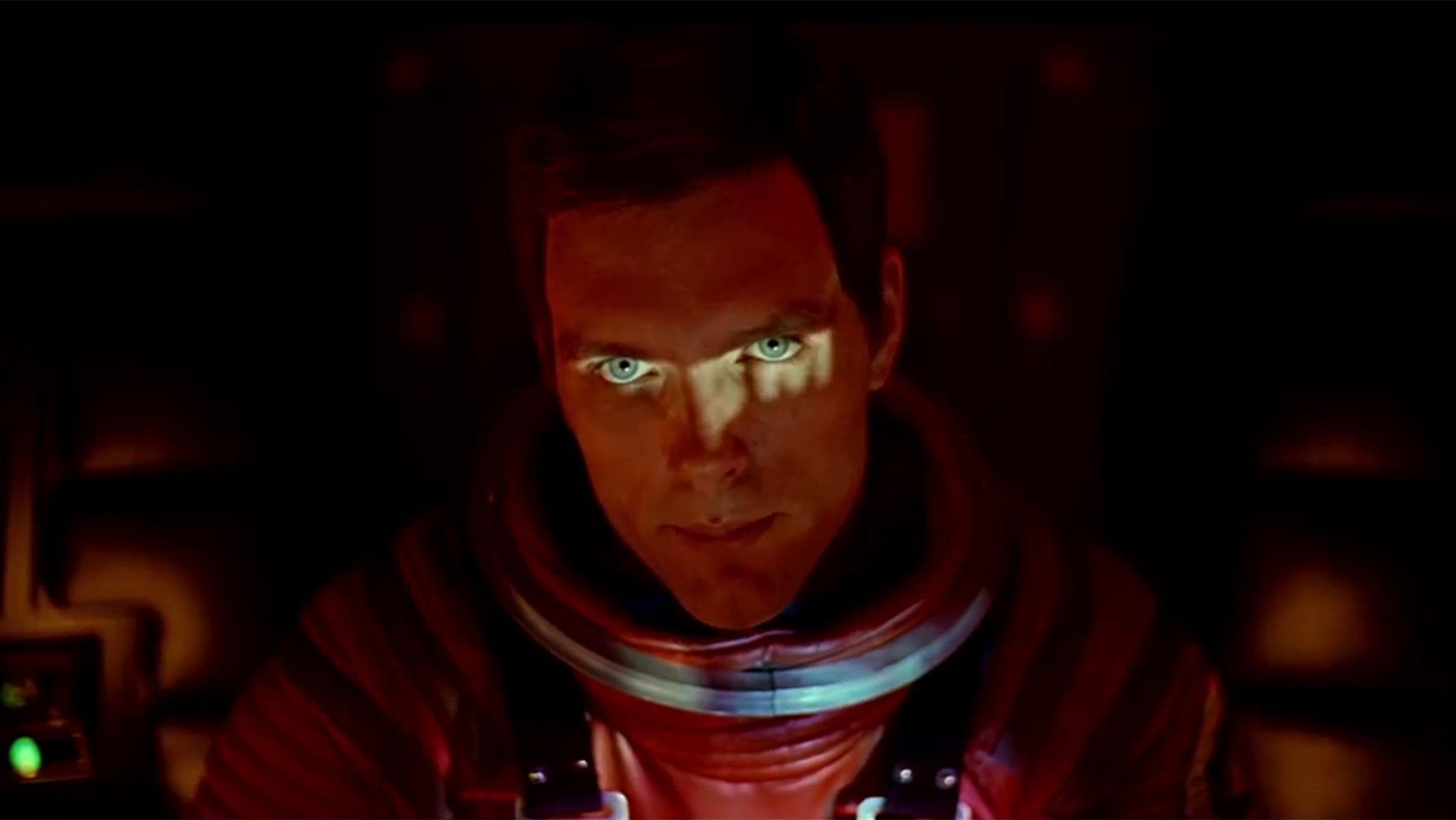
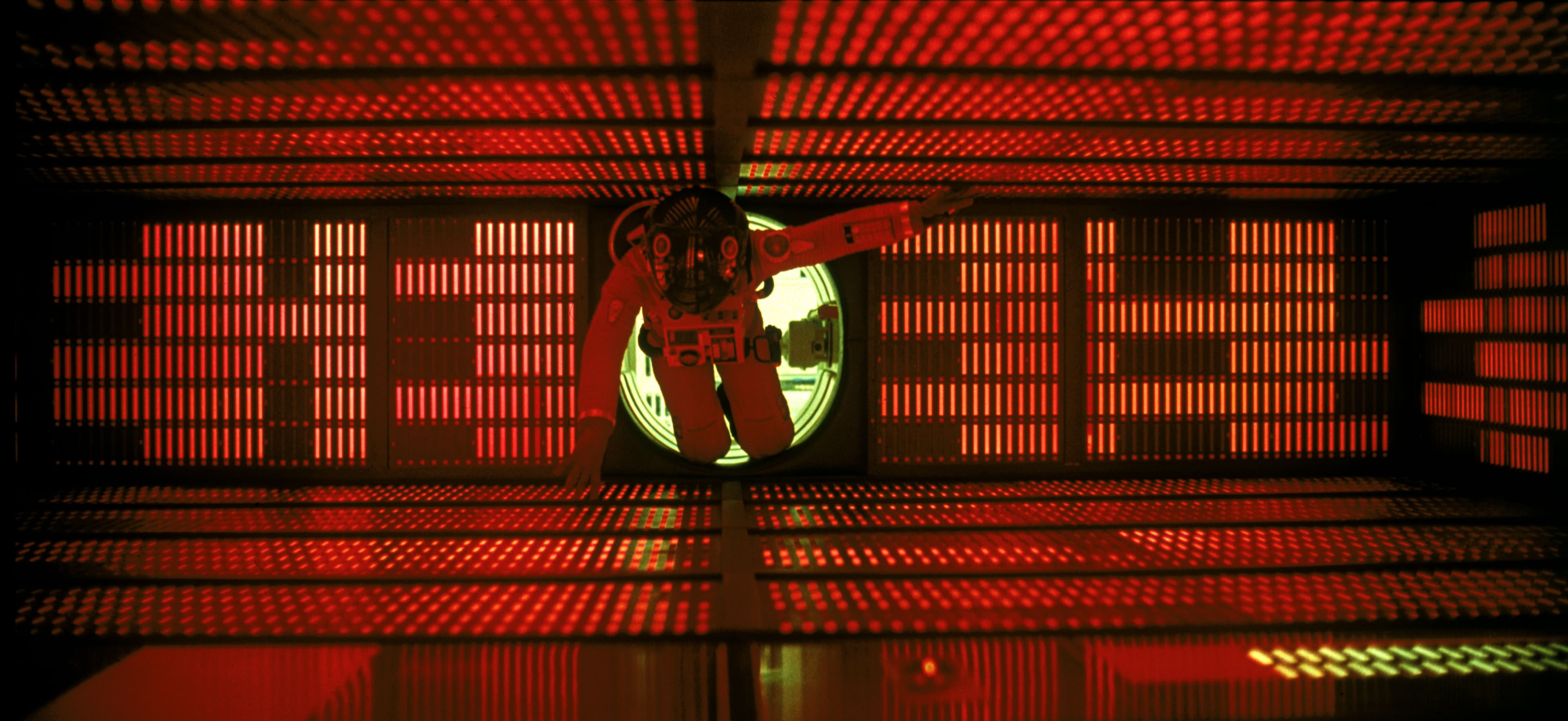
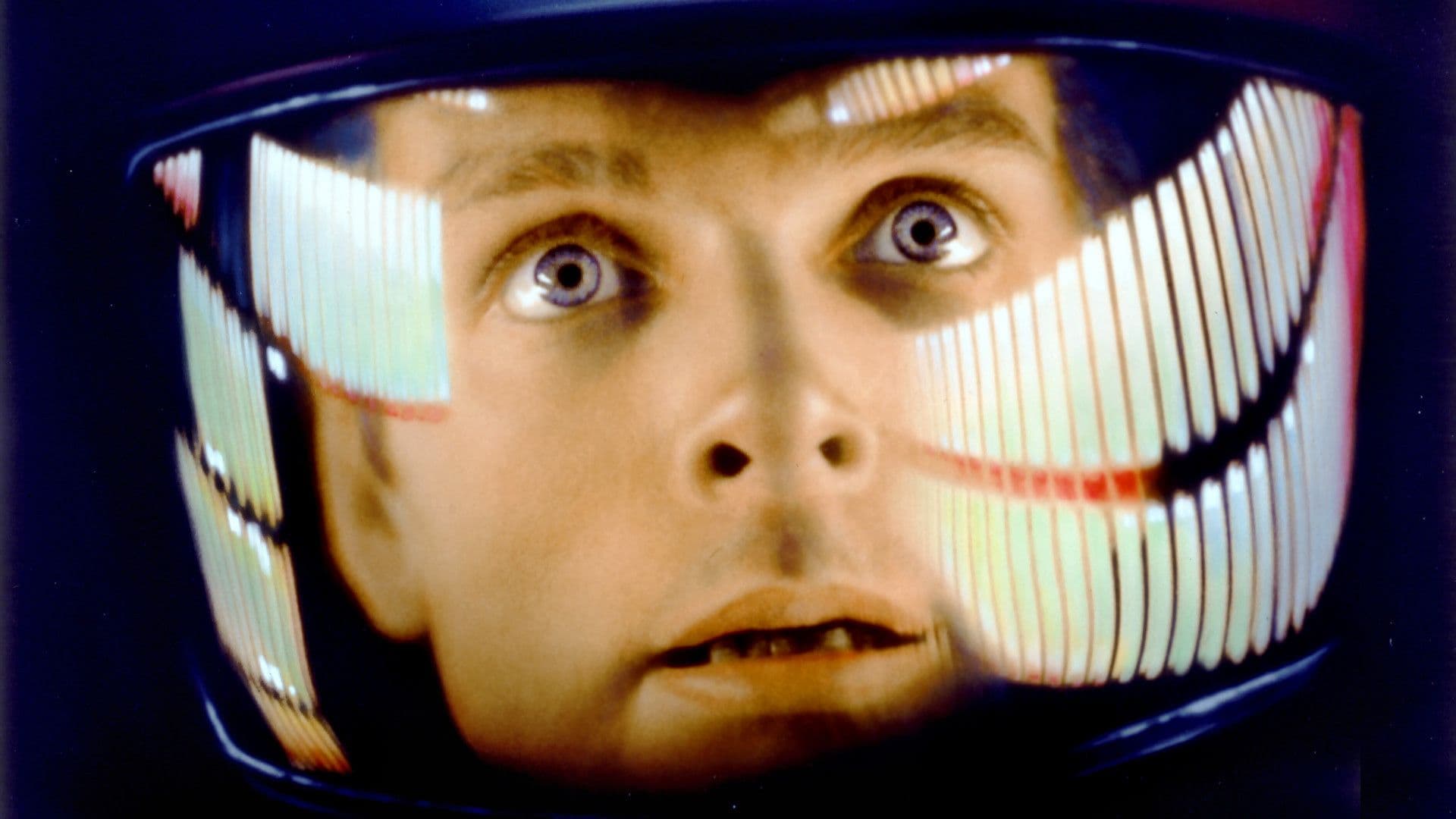

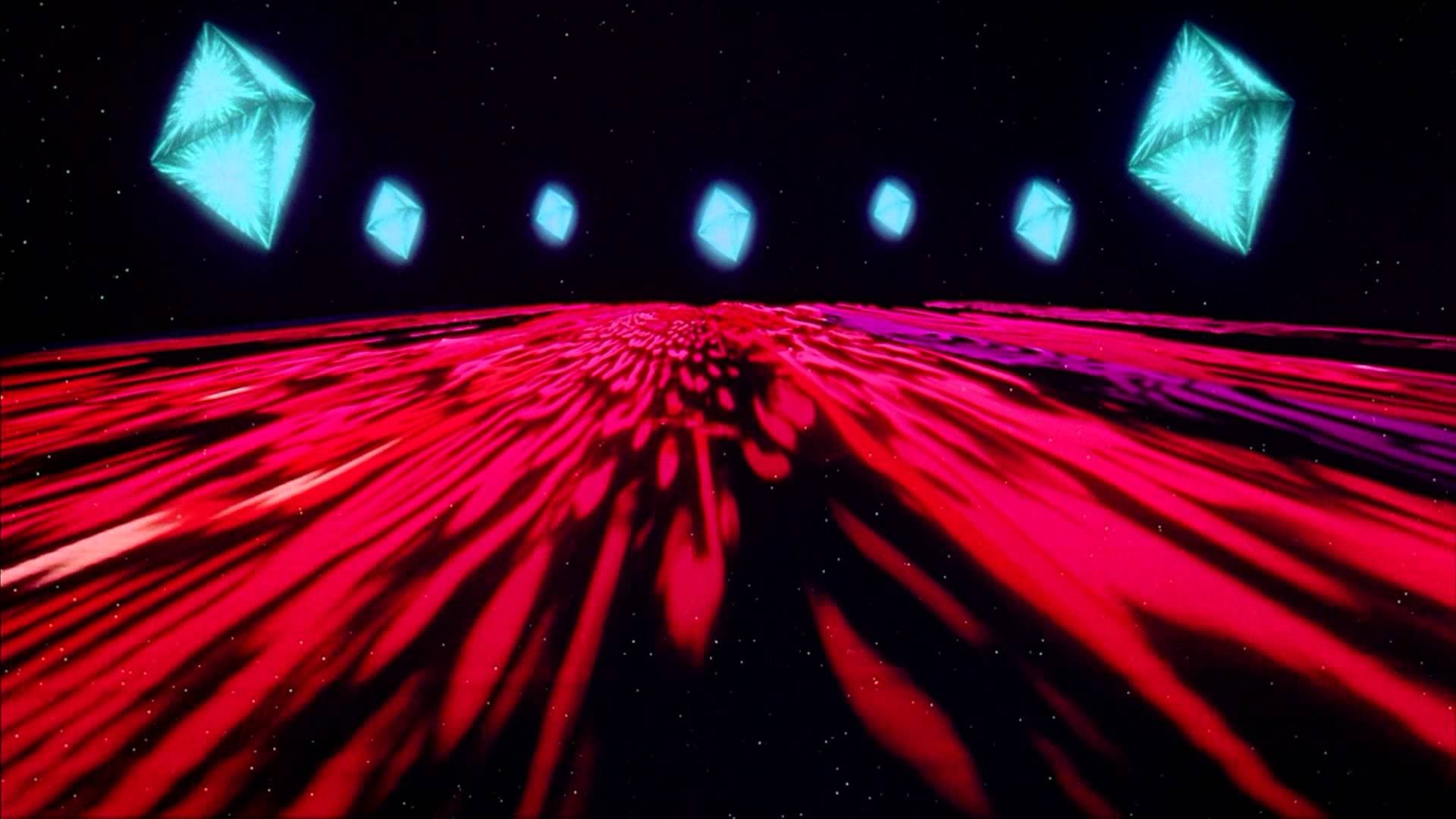

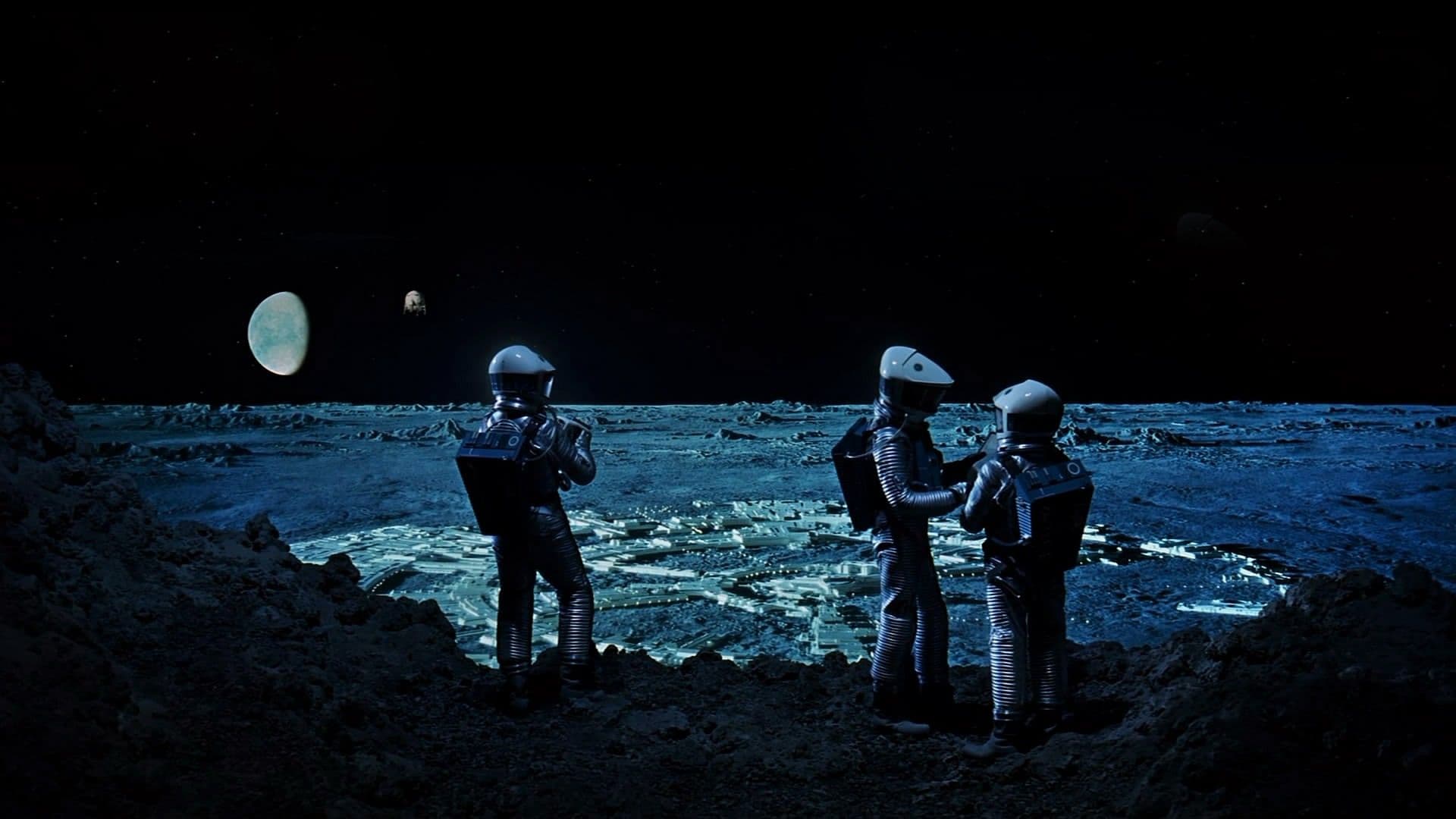



Featured Videos
Official Trailer
Comments
Loading comments...